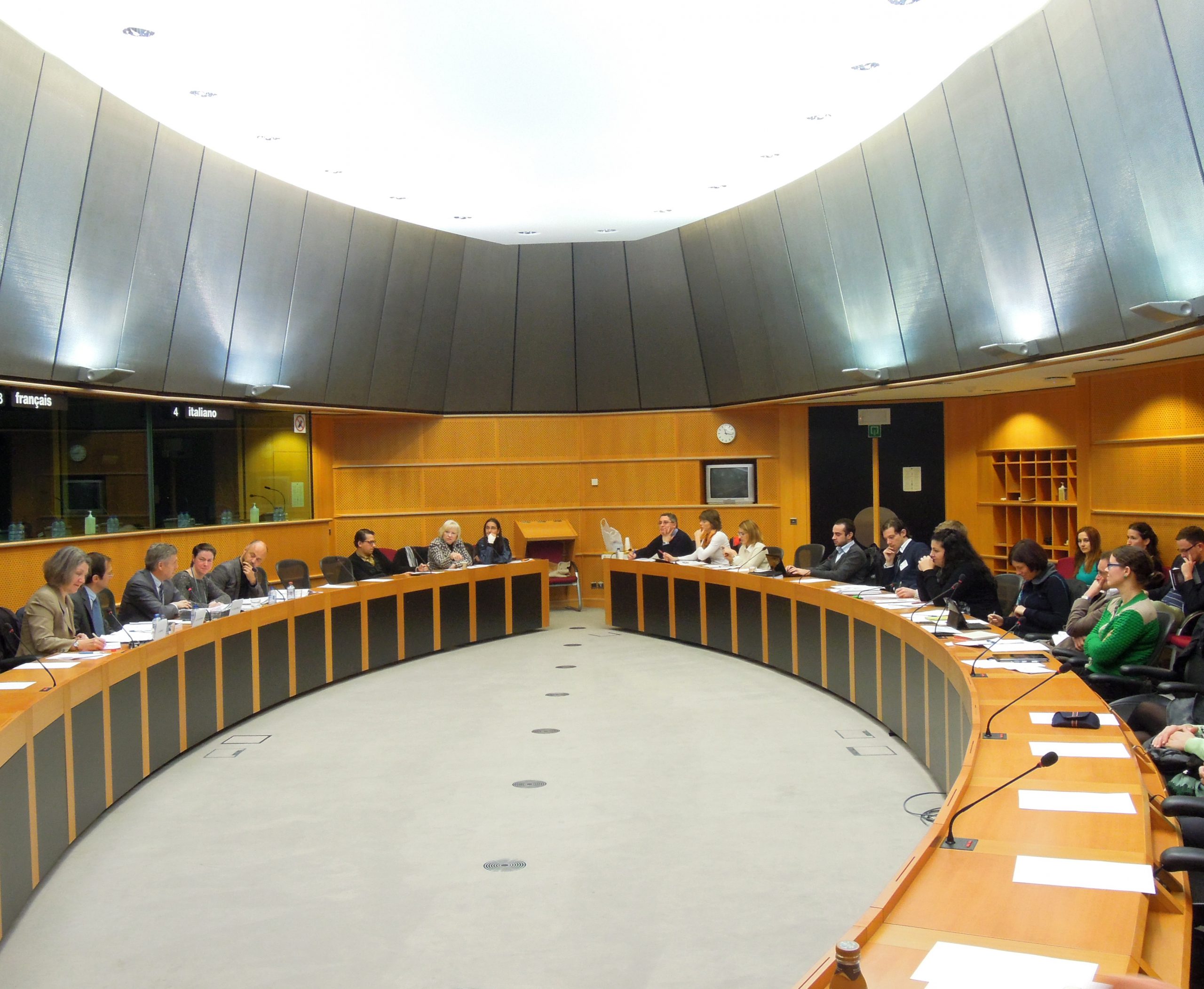Written by Alessandro D’Alfonso
On 14 November 2014, the European Parliamentary Research Service (EPRS) organised an informal forum on the European Development Fund (EDF) and the EU Budget to mark the publication of an in-depth analysis on the topic. Under the Chatham House Rule, experts from the European Court of Auditors and the European Parliament discussed the key features of the EDF, which is the main tool of the EU to provide development assistance to the African, Caribbean and Pacific Group of States (ACP), but remains intergovernmental in nature. The possible inclusion of the EDF in the EU budget (so-called ‘budgetisation’) was the main focus of the discussion.
Some potential benefits of budgetisation…
Budgetisation is not a new idea, as one participant was effective in visually showing, by waving a 1973 document that carried the patina of time: it was the first of a series of Commission proposals in this sense. However, Member States have so far not reached the unanimity that is required to proceed with the inclusion of the EDF in the EU budget. Noting that at present the EU implements its external assistance by applying at least two different sets of rules (since it has development instruments also under the EU budget), participants agreed that one advantage of the move would consist in simplification and harmonisation of the development aid framework. In turn, this could benefit different stakeholders, for example by reducing the risk of error for Commission services and beneficiary countries, and simplifying the discharge procedure for both the European Parliament and the European Court of Auditors, with the latter being able to free up resources to produce more special reports on the results of specific EU programmes.
… and obstacles to it
Unanimity is said to be a significant obstacle to budgetisation. For example, since contributions keys for the EU budget and the EDF are still different although converging over time, it may be difficult to win support from those EU Member States, which would experience an increase in their contributions. From their side, ACP countries have been reluctant to the idea of budgetisation, fearing a weakening of their privileged relations with the EU and of the financial commitment of the latter. Along similar lines, another concern evoked during the debate was that, in times of budgetary constraints, budgetisation could result in a reduction of overall EU spending in development assistance, since EDF spending is currently not taken into account, when the expenditure limits of the EU’s Multiannual Financial Framework are calculated. Standpoints differed on this.
Will 2021 be the right time for budgetisation?

In recent years, the European Commission has expressed its intention to put forward a proposal to include the EDF in the EU budget after the expiry of the Cotonou Agreement that currently sets the framework of ACP-EU relations until 2020. Some participants were more convinced than others that 2021 would be the year when budgetisation of the EDF happens for real.
In 2015, the launch of a broad consultation and dialogue process on the post-Cotonou framework, recently announced by the new European Commissioner for International Cooperation and Development, Neven Mimica, should already provide some indications on where ACP-EU relations are heading to. Drawing attention to the focus that the Commissioner put on Africa during the announcement, some experts conjectured that this could lead to a more pronounced regionalisation of relations and relevant funding programmes under an umbrella of common principles. Others retorted that ACP actors are stepping up their efforts to strengthen the identity and the role of the group beyond its relations with the EU.
Budget support
In addition to budgetisation, another point mentioned during the debate was budget support, the aid delivery method that, once given conditions are met, involves direct financial transfers to the national budget of the beneficiary country to support its national development strategy. In 2012, on the basis of Commission data, the use of budget support was proportionally higher under the EDF than under the development programmes of the EU budget (it represented 18% of total Official Development Assistance – ODA – disbursed by the EU institutions, but 29% of total ODA disbursed under the EDF). The difficulty of assessing the effectiveness of actions financed through budget support was highlighted. Cases where such an approach, and notably sector budget support, may be the appropriate solution were mentioned as well, for example when it ensures the functioning of infrastructure (e.g. schools or hospitals), by providing the financial means to pay the salaries of relevant personnel.
If you wish to find out more on the EDF, you can read the in-depth analysis published by the EPRS.








Be the first to write a comment.